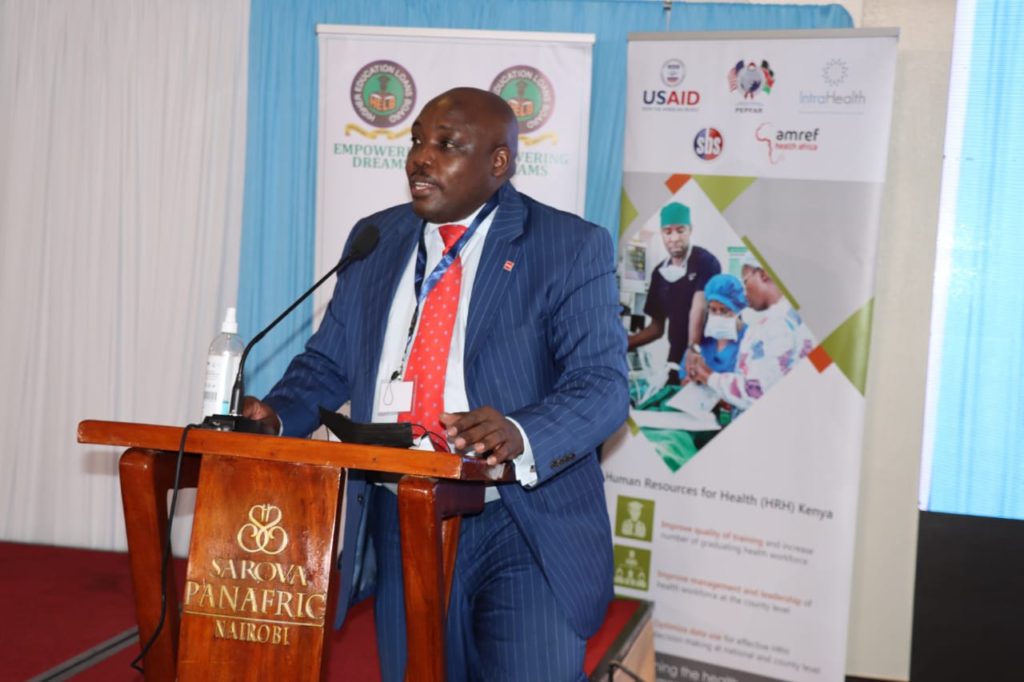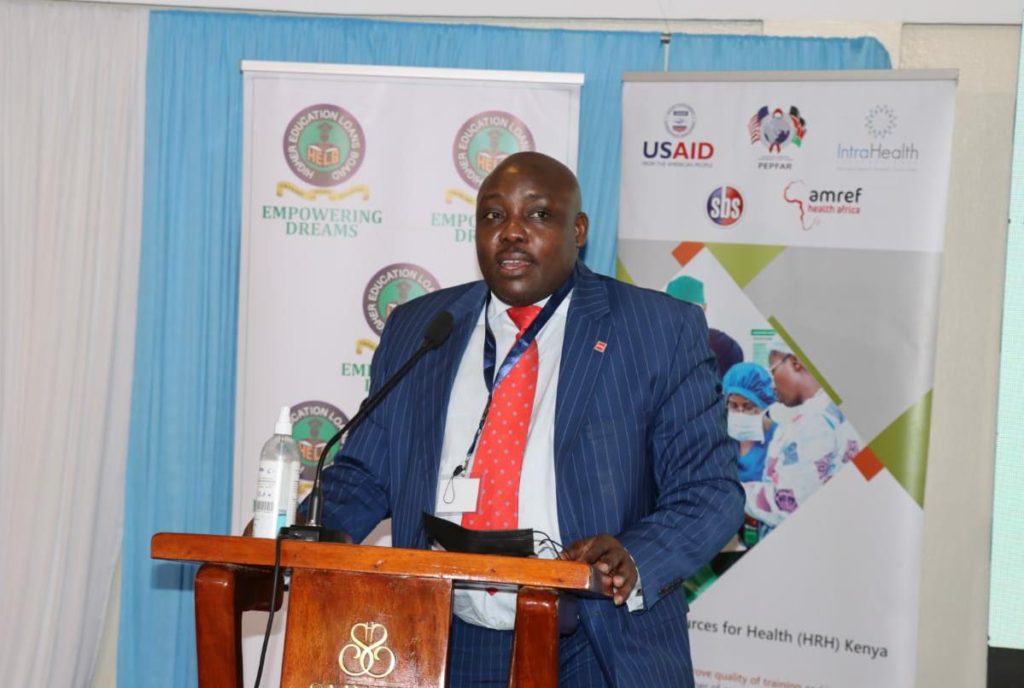NAIROBI, Kenya, May 19 – The cash strapped Higher Education Loans Board (HELB) will not be able to offer loans to 95,000 needy students this year.
This has been attributed to budgetary cuts and non performing loans, due to the impact of COVID-19 pandemic, that has rendered thousands jobless.
HELB missed the loan recovery target for 2020/2021 by Sh1 billion.
A total of Sh1 billion worth of loans have been defaulted due to the pandemic, the board said.
“Our student budget this year was estimated to be at Sh15.5 billion but because of those cuts we are forced to reduce the student budget by Sh3.2 billion,” Helb Chief Executive Officer Charles Ringera said.
In the last two financial years, Treasury has cut HELB’s financial allocations, in turn encouraging them to make up the deficit through loan recovery.
This year HELB had anticipated to collect Sh5 billion in loans but only collected Sh4 billion.
“Overall we hope to fund about 450,000 students both in TVET and Universities at a total cost of Sh12.8 billion that is Sh3.2 billion shy of the Sh15.5 billion we expected to spend,” he said.
This now means that an estimated 95,000 set to join institutions of higher learning will go unfunded this year.
The CEO expressed concerns on the fate of thousands who might now be forced to drop out of school if no option is availed to them.
“We are worried of how we will be able to manage that situation, but that is how it is, no revenues are flowing into the country, people are unemployed, so they can not be able to pay their loans, so we have to deal with what we have,” he said.
Following the 2019/2020 budget cuts on HELB of about Sh2.8 billion, and the supplementary budget estimates cut of Sh2.2 billion this year accompanied by the loan recovery deep of Sh1 billion the average money students were set to receive has reduced from Sh45,000 to Sh38,000.
Students in TVET institutions are however expected to receive Sh40,000 from HELB.
“TVET students will get Sh40,000 from HELB and a capitation of Sh30,000. Some Sh13,600 will be for upkeep into their pocket and Sh56,400 towards towards tuition in school. So yes, you see it is free learning but the number, we will reduce it. We had targeted to do 110,000 at a total cost of about Sh4 billion..so we will have to do 80,000 students.”
Some 143,000 students made the requisite entry points to join universities.
“We will have to get into a budgeting mode of saying how many applications do we have, how much money do we have and appropriate it according to the number that is very needy but defiantly we will not be able to fund the entire 80 percent which is needy, ” Ringera affirmed.
He was speaking during a handing over ceremony for the Afya Elimu Fund (AEF) by USAID to the board.

AEF started as a scholarship scheme in the Financial Year 2012/2013 targeting to offer scholarships to 341 middle level health trainees in specific cadres and from marginalized areas.
It was converted into a loan scheme in the Financial Year 2013/2014 targeting 2,200 middle level health trainees in specific cadres, from marginalized areas as well as high HIV prevalent counties in view of PEPFAR funding.
The initial main funders for AEF included USAID FUNZO KENYA Project, HELB and the Ministry of Health who jointly contributed Sh120M.
As of March 31, 2021, the AEF Fund had supported over 48,188 students with a total of Sh3.06 billion.
HELB offers a unique opportunity for partners to utilize a robust system of identifying deserving students, disbursing and recovering the funds.
In the last 6 years, HELB has mobilized over Sh 1.36 billion from 28 partners thereby facilitating over 35,000 students to pursue higher education in TVET Colleges and Universities.
Want to send us a story? Contact Shahidi News Tel: +254115512797 (Mobile & WhatsApp)


